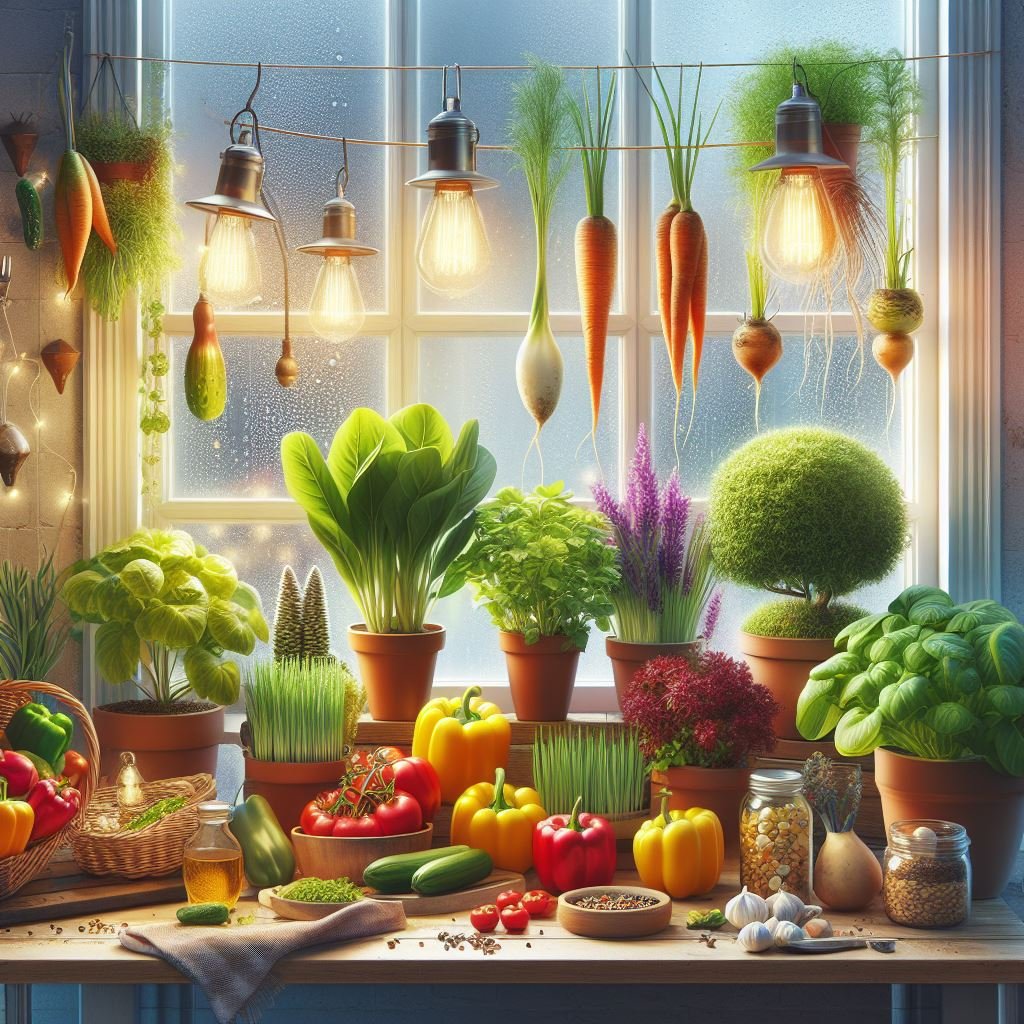
I’m excited to share my own experience growing the top 5 spring vegetables indoors. Whether you’re single or just starting out, there are plenty of options to explore. Growing fresh vegetables at home has transformed my culinary experience—now I can bid adieu to grocery stores. With Enter West’s indoor gardening tips, I’ve turned my house into a verdant haven every spring, enjoying the bounty of spring vegetables right from my windowsill.
Here the Top 5 Spring Vegetables
No 1 Spring Vegetables (Tomatoes):-
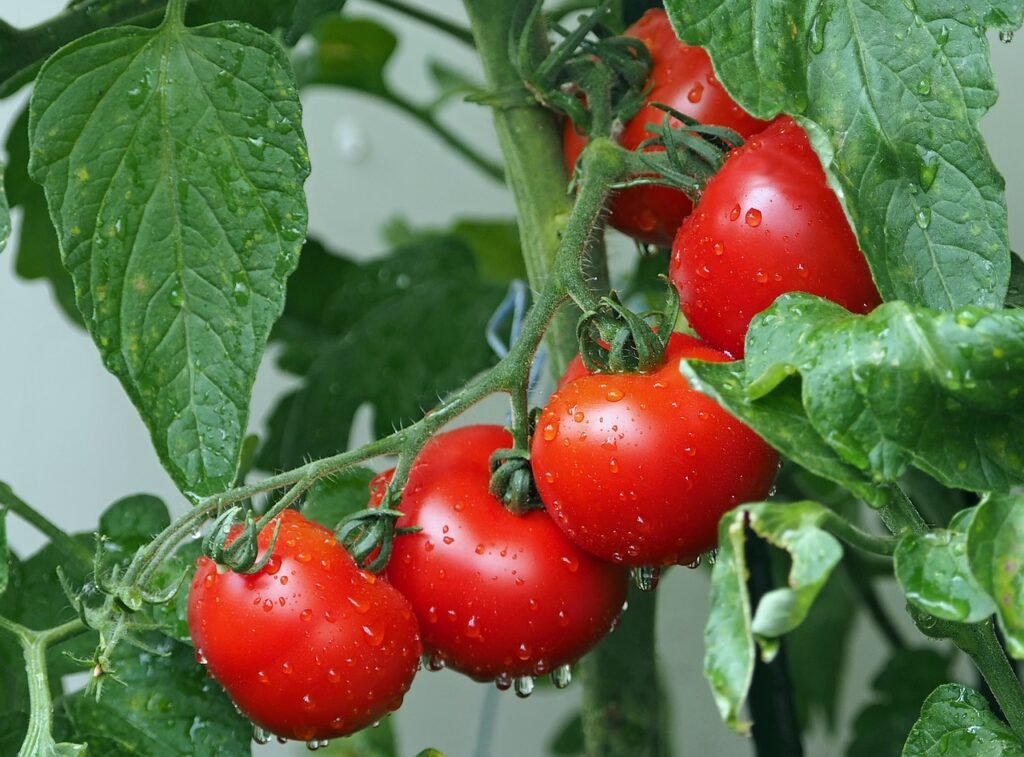
It’s the ideal season to begin indoor gardening as spring brings new life to the soil, and there’s no better way to get started than with delicious tomatoes. In addition to adding color to your meals, these colorful treats are surprisingly simple to produce inside in the spring. This is a practical guide to growing tomatoes indoors this spring, whether you’re a rookie or an experienced gardener.
First, find your tomato plant a sunny spot. Pick a location where the springtime sunlight shines through your windows for at least 6 to 8 hours each day. If natural light is scarce, don’t worry—grow lights are an excellent method to keep your plants happy and healthy.
Choose small tomato types that work well for container gardening when choosing tomato varieties to plant inside in the spring. Tiny Tim and Tumbling Tom cherry tomatoes are excellent options since they produce a lot of fruit on short vines.
In order to avoid waterlogging and potential harm to your plant, be sure the container you select has adequate drainage. Choose pots that will allow the roots to spread out by at least 12 to 18 inches.
Bury the stem of your tomato seedlings until they produce their first set of leaves and plant them in nutrient-rich potting mix. This promotes robust root development, guaranteeing a robust and fruitful plant.
Keep your tomatoes consistently watered, not soggy – watch the soil. And be sure to fertilize regularly with a balanced fertilizer to provide the nutrients needed for optimal growth.
No 2 Spring Vegetables (Spinach):-
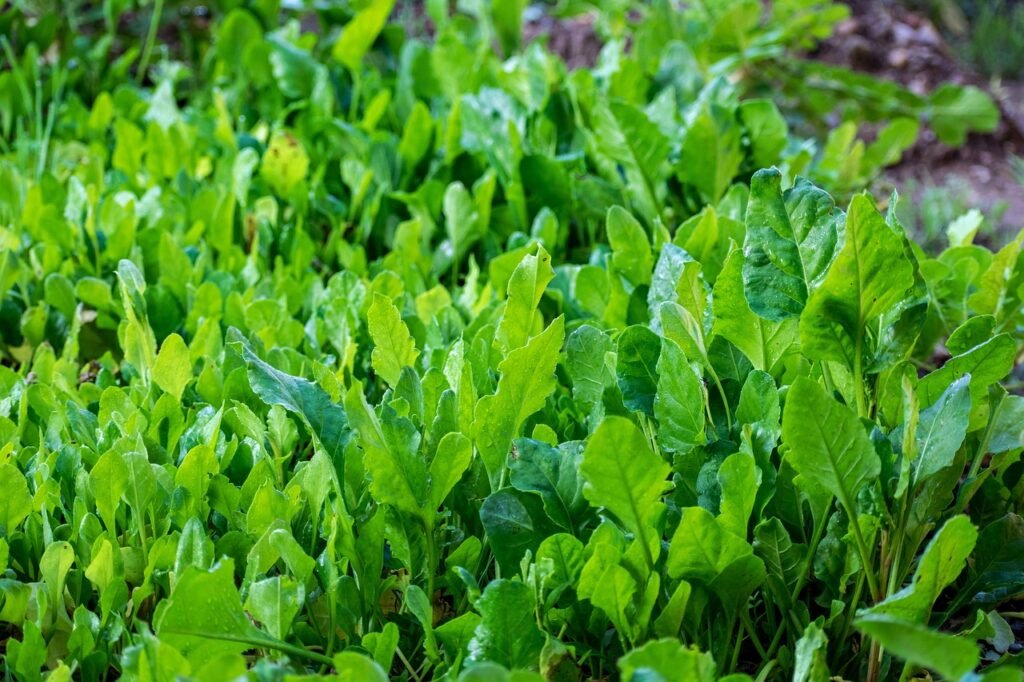
Growing spinach indoors in the spring is a great way to enjoy its health advantages and ease. Spinach is a versatile addition to the indoor garden because of its sensitive sections that are packed with minerals like iron, vitamin A C, and folate.
Before adding enough potting soil to a container, make sure it has enough drainage and is appropriate for your needs if you want to grow spinach indoors. Before planting the spinach seeds, make sure the soil is consistently moist but not drenched—roughly 0.5 inches deep. For healthy growth, the container needs to be in a bright area with a southerly orientation.
As your spinach plants begin to sprout, thin them out to give the plants enough room to grow. Cut the fruit into 3 ee pods, specifically the unfolding leaves to highlight the achievement of continuous growth lasting the entire spring season.
By growing vegetables indoors, you’ll get your non-keton by releasing fresh, green leafy vegetables, perfect for adding to salads, smoothies, omelets and more. You can park delicious palang vegetables in season from your own indoor garden.
No 3 Spring Vegetables ( Bell Peppers):-
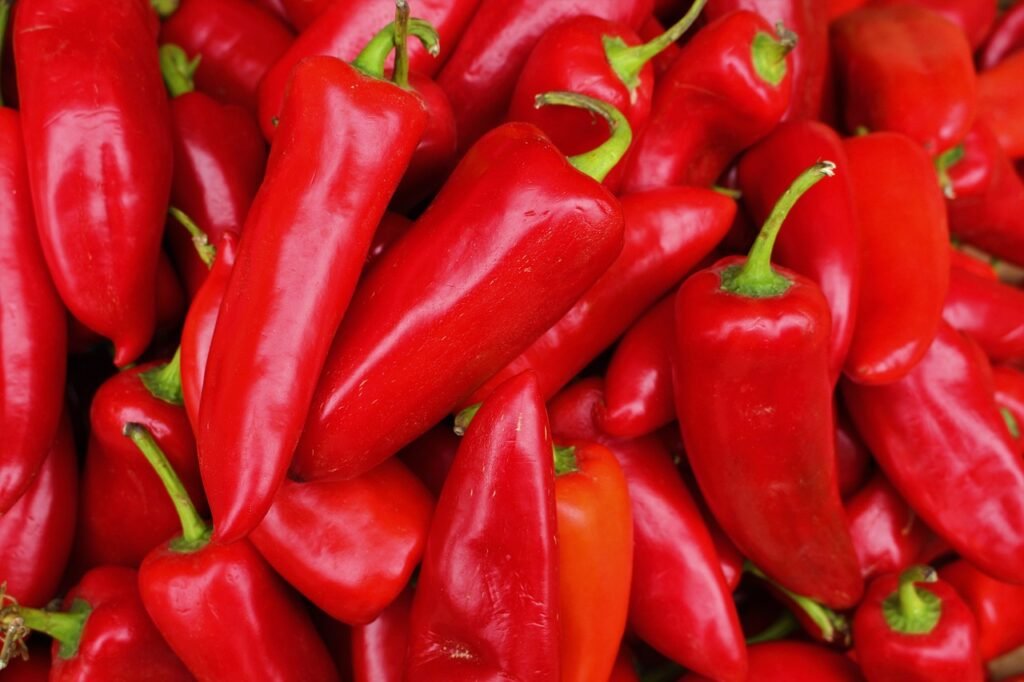
Imagine how happy you would be to give color to your food by cultivating robust, ripe bell peppers in your indoor garden. Bell moss is a favorite among many because of its curly texture and morning beauty, and it’s surprisingly simple to cultivate indoors in the spring.
Locate a window sill where your bell peppers can receive the much-needed sunlight. Make sure the pot drains properly, add some solid soil to it, and then sow the bell pepper seeds about a quarter of an inch deep. As your peppers start to sprout, keep the soil damp but not soggy.
As they develop, help keep them on track with planned communication. Fertilize them with a balanced fertilizer to ensure quality control for their growth. In about 60-90 controls, you’ll be rewarded with ripe, colorful bell peppers ready to harvest.
From soothing greens to fiery reds, bell peppers offer a rainbow of sports to enjoy. Whether you make them crunchy, stir-fry or stuff them with your favorite fillings, Ken, Chili elevates country food with their fresh studio.
With the help of Blog TLC, you can have a continuous garden of beautiful bell peppers from your own indoor garden, where spring brings the joy of indoor gardening.
No 4 Spring Vegetables (Carrots):-
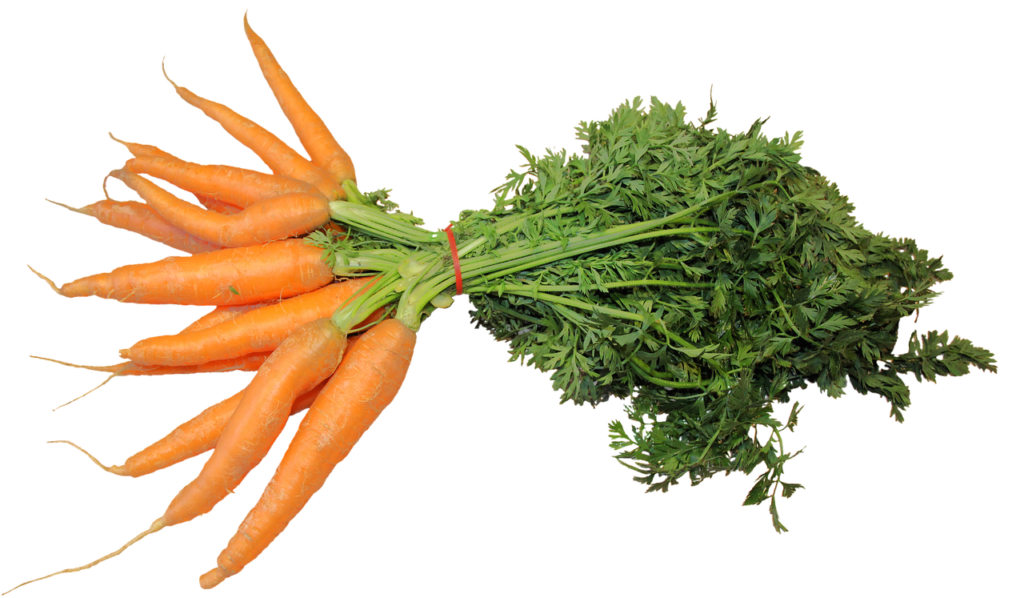
Think of the delight you would have picking your own carrots from your greenhouse; their vivid hue and fresh flavor will add a little something magical to your springtime days. In addition to being delicious, carrots are an excellent source of beta-carotene, a nutrient that is beneficial for both general health and vision in particular.
Carrots grow easily indoors in the spring. Find a large container big enough for the roots of the carrots to spread out in loose soil. Plant your seeds directly in the ground, and then lightly cover them with compost. Make sure the soil is damp but not soggy and give your carrots plenty of sunshine, preferably through a window facing the sun.
Carrots become larger and plumper when you thin them out as they get bigger. Before you realize it, when you see those vivid green tips emerging, your carrots are ready to be harvested. All you have to do is gently pull on them, and voilà! Fresh, crispy carrots for every need during the meal.
Whether they are perfectly roasted, eaten raw, or combined with other ingredients in a salad, native carrots add a vibrant taste to any dish. With a little care and attention, your own indoor garden may bring gardening delight to your kitchen throughout the spring by producing a steady supply of delicious carrots.
No 5 Spring Vegetables –Herbs (Basil, Parsley, etc.)
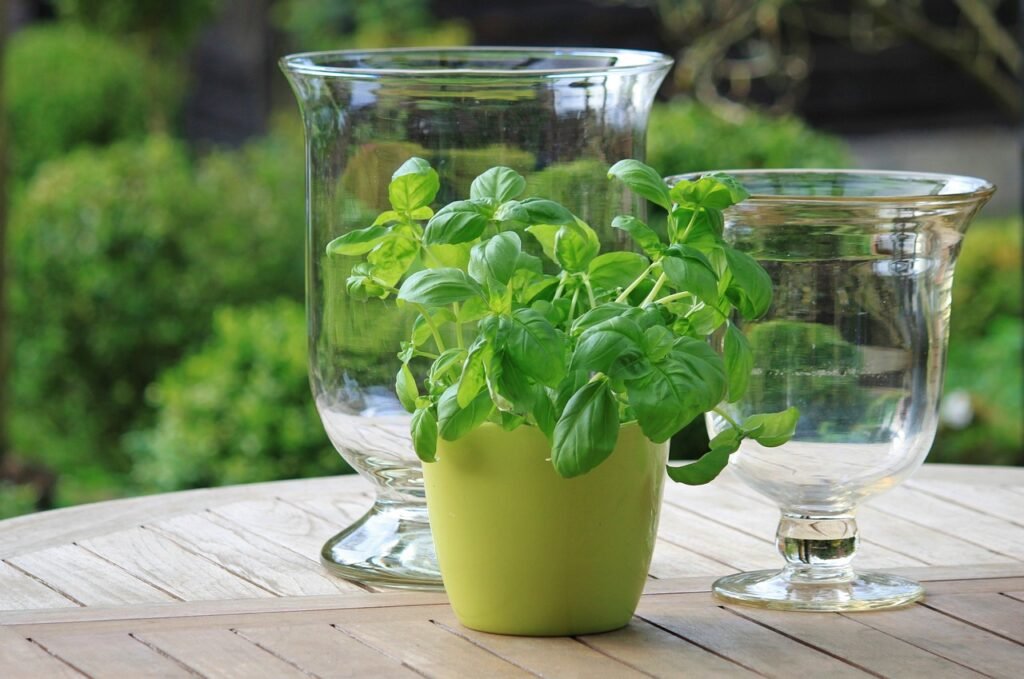
Prepare to bring a hint of springtime freshness inside your house with your herb garden! These herbs, which include parsley, basil, and the like, are great for incorporating into your food and to use indoors.
All you need is some potting soil and a windowsill in a sunny place. Simply maintain them with water and a few fresh herbs in the center!
These herbs not only enhance the appearance of your food but also have health advantages. Turmeric is rich in antioxidants. Parsley has an abundance of vitamins.
Think about adding some basil leaves to your pizza or spaghetti when you serve it at home. Your collection of delectable herbs can provide a solvent that is weather-resistant with a little attention.
Bid farewell to the expense of store-bought herbs and embrace the delight of cultivating your own at home. It’s a simple way to give your kitchen a new look!
